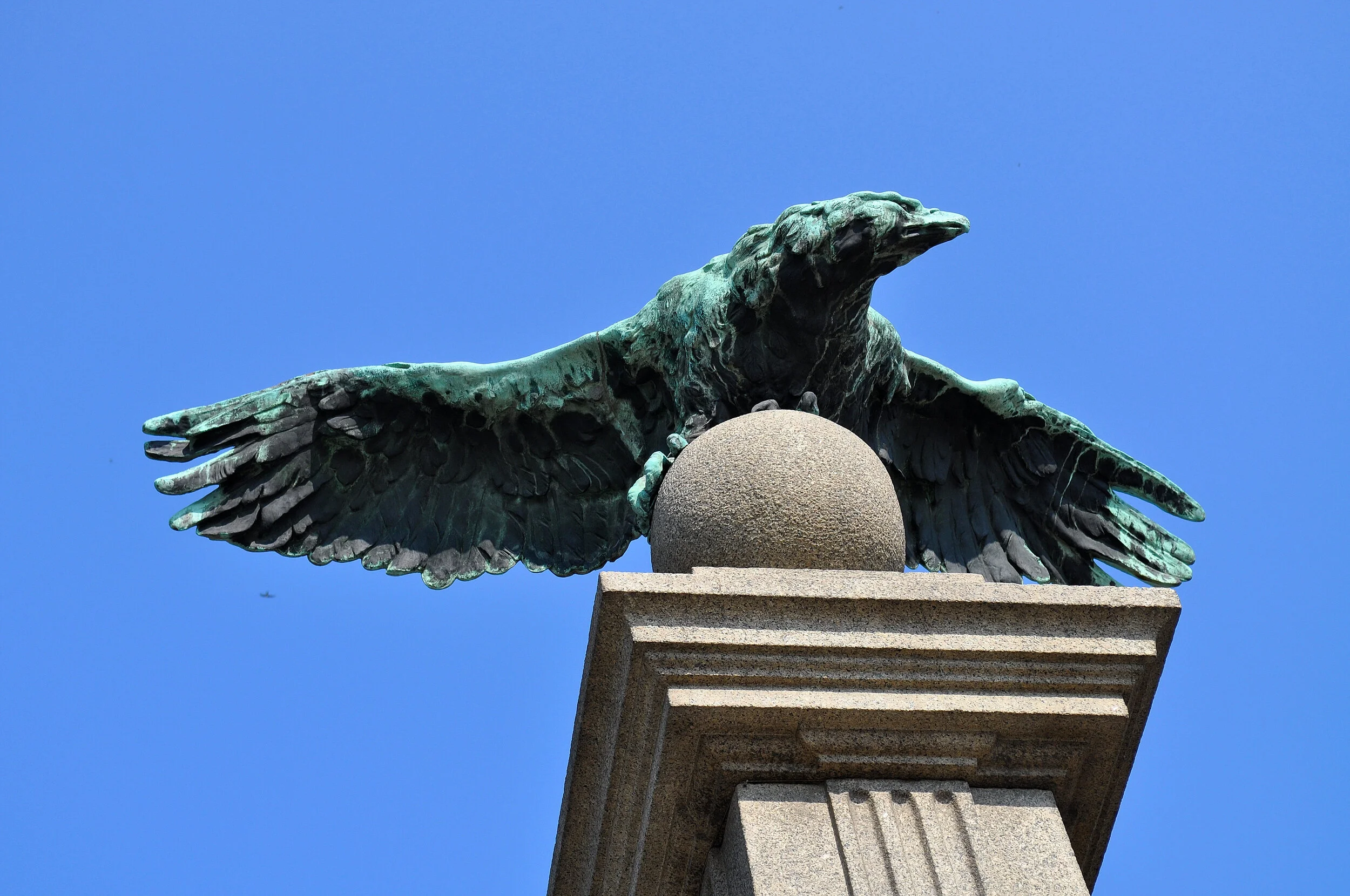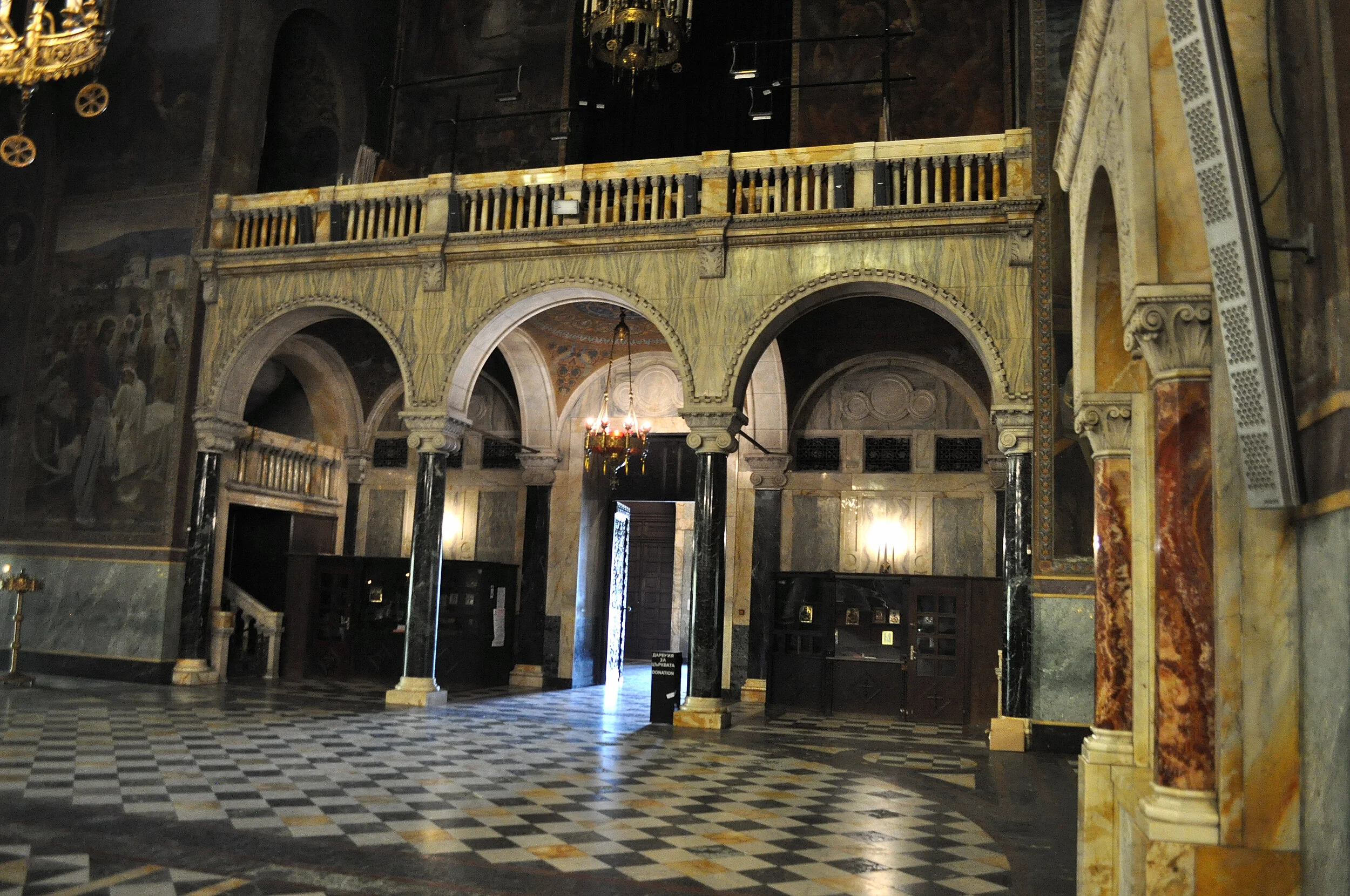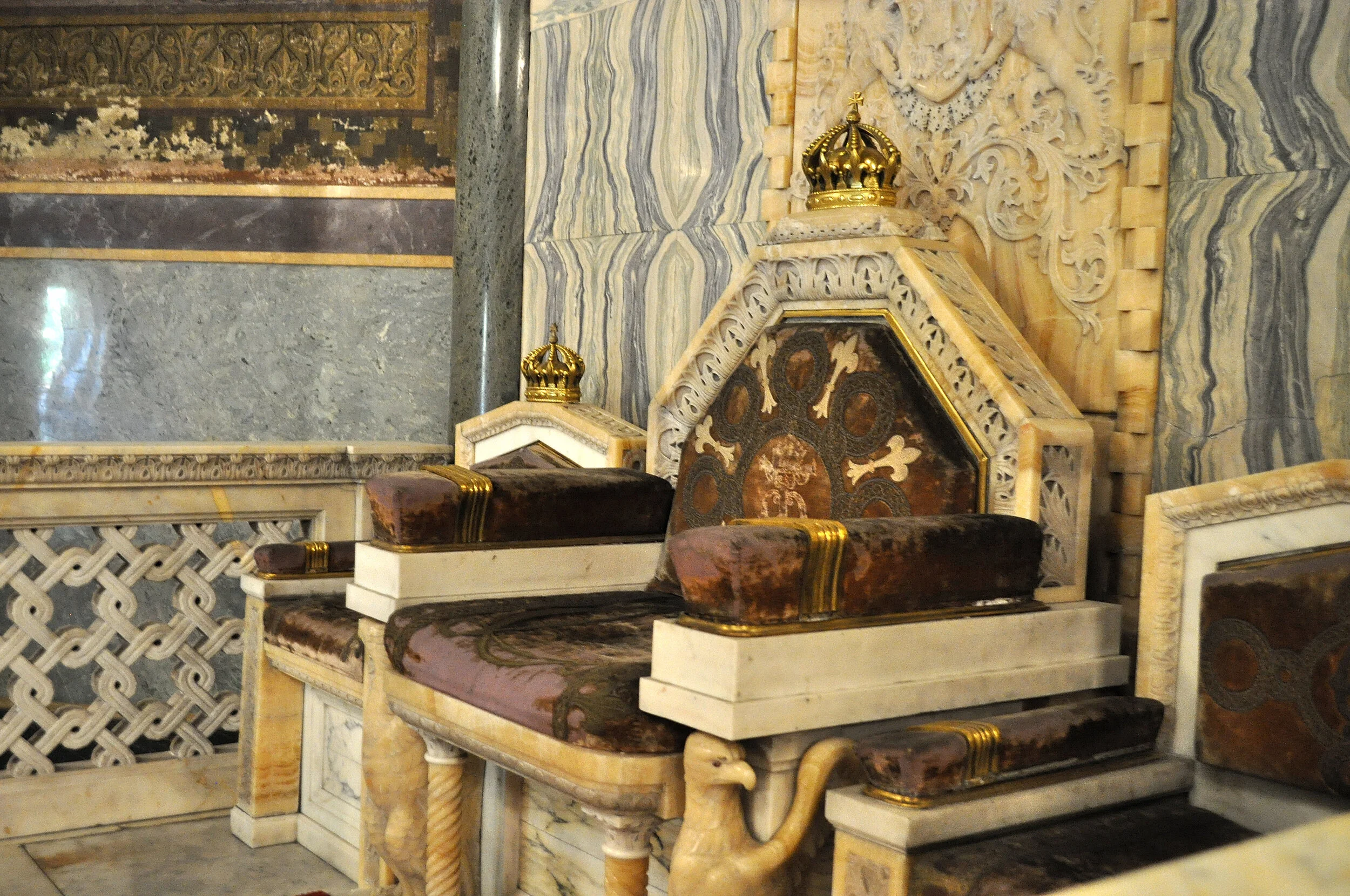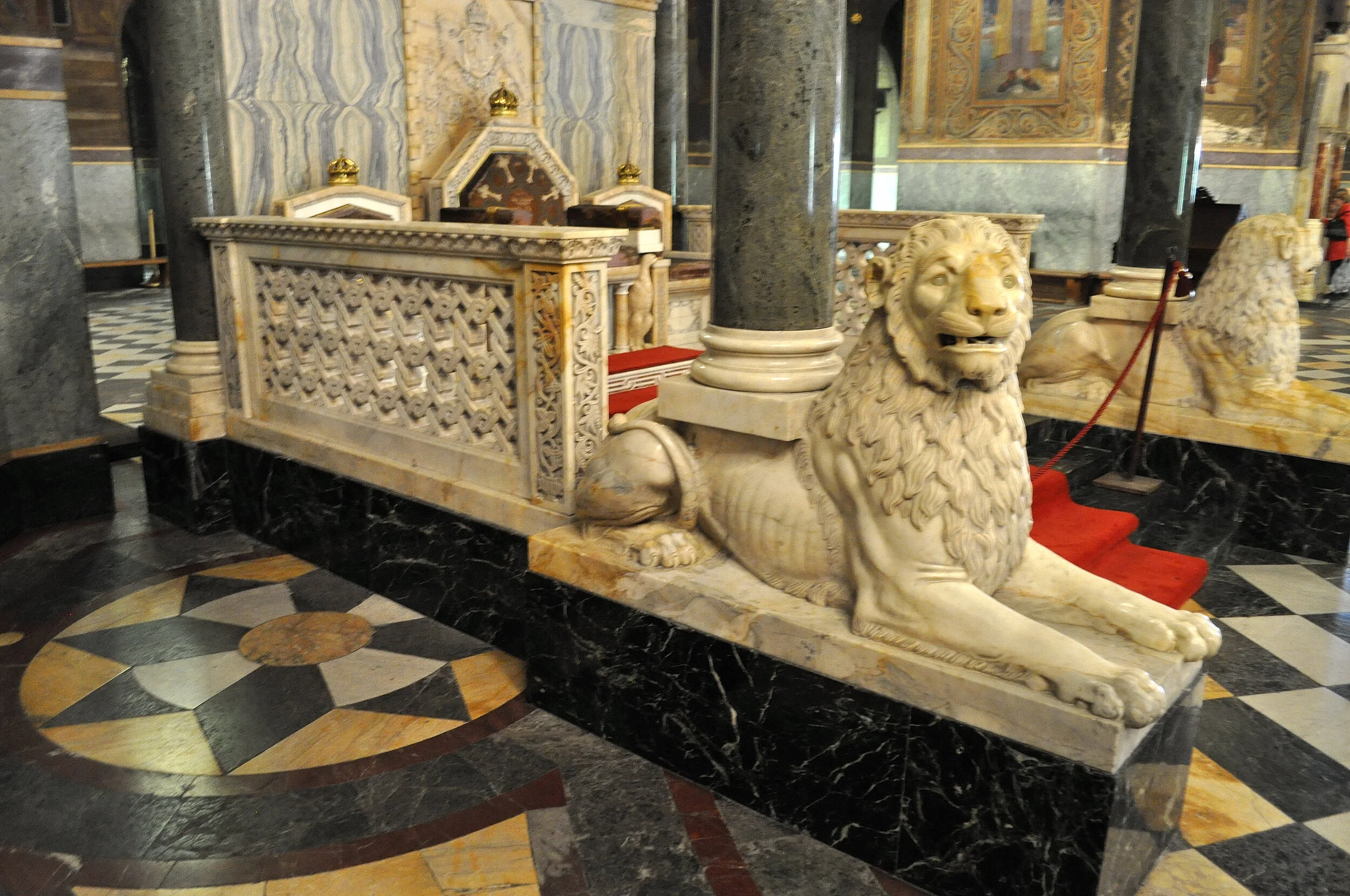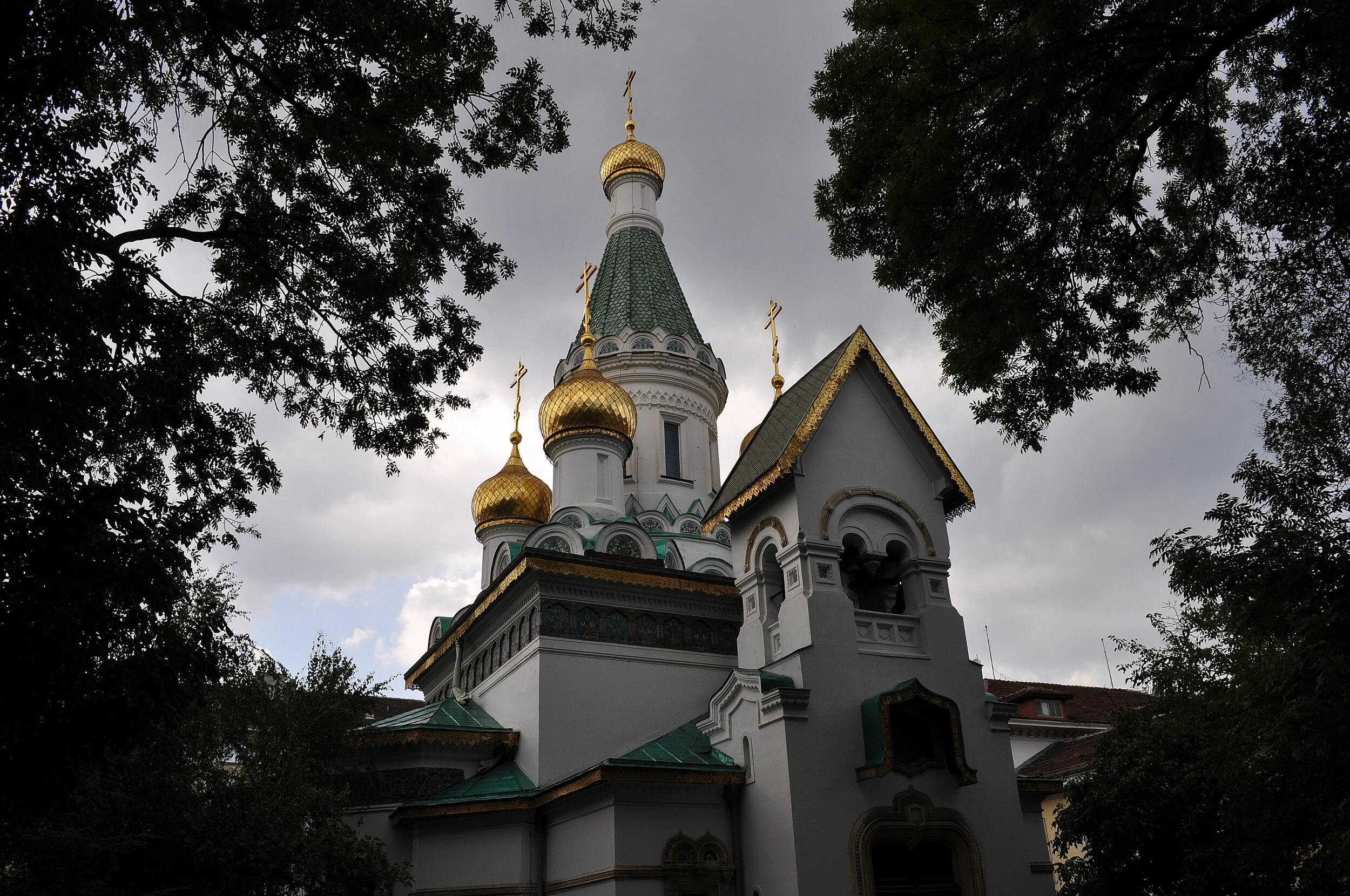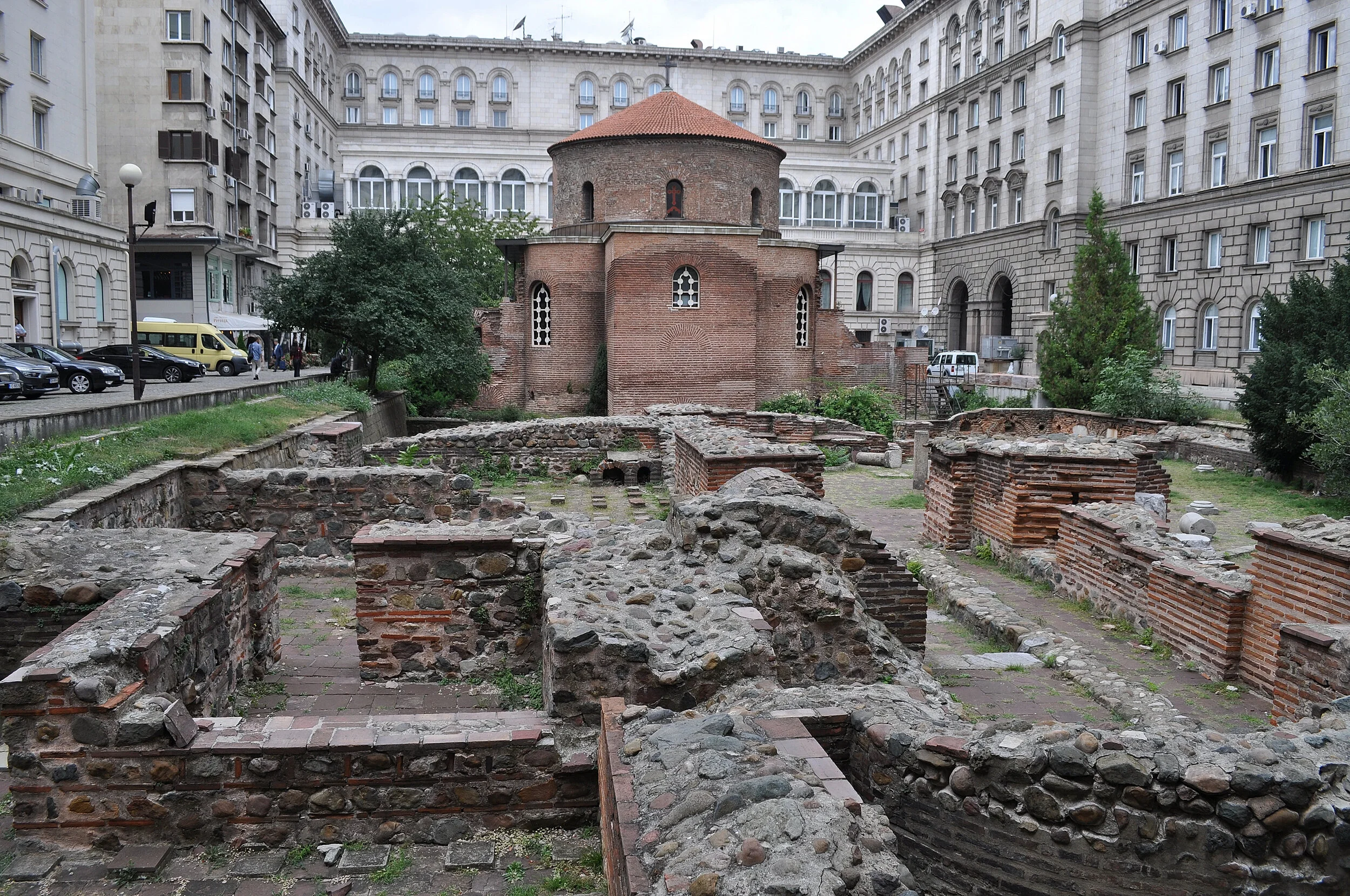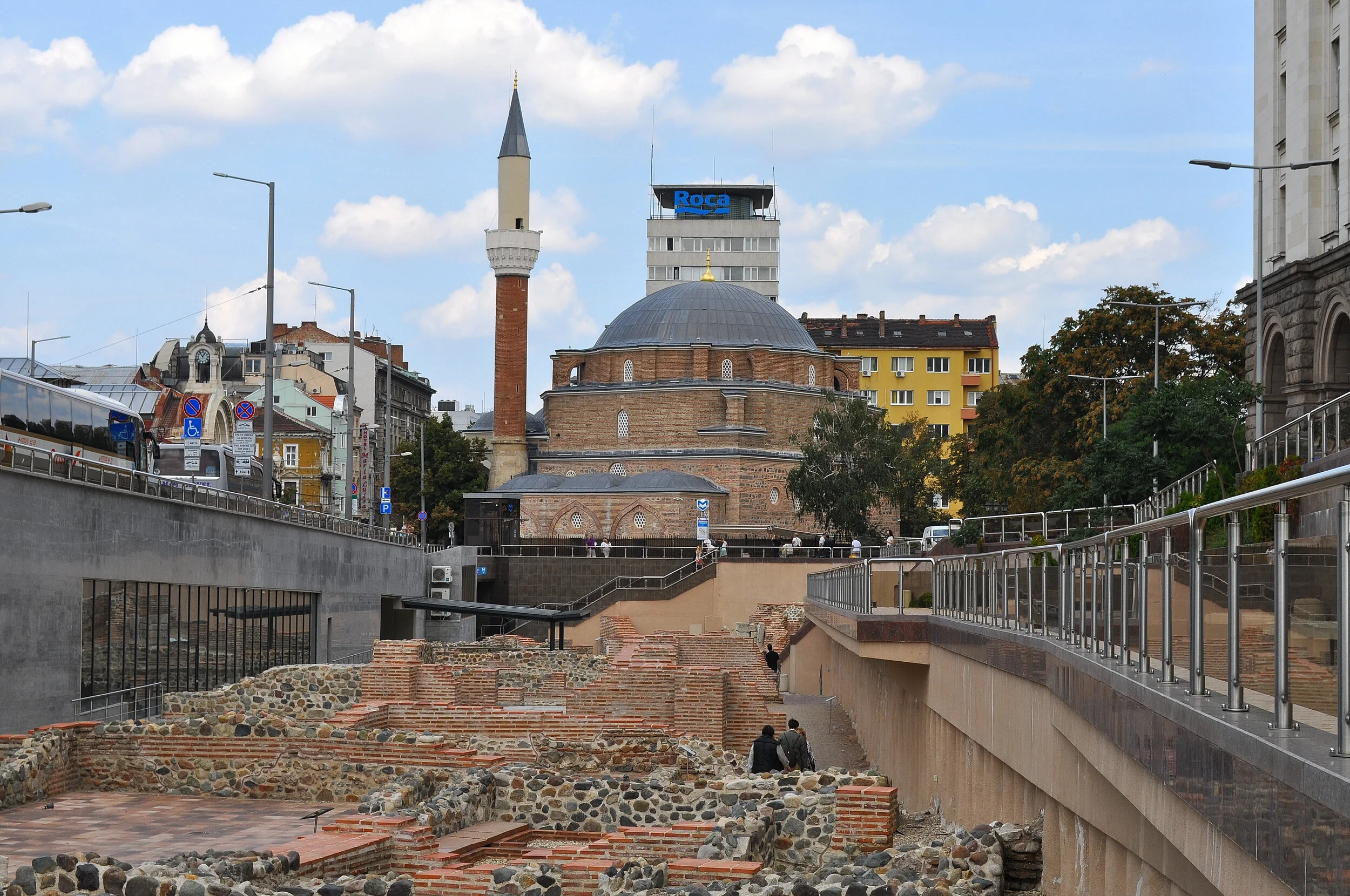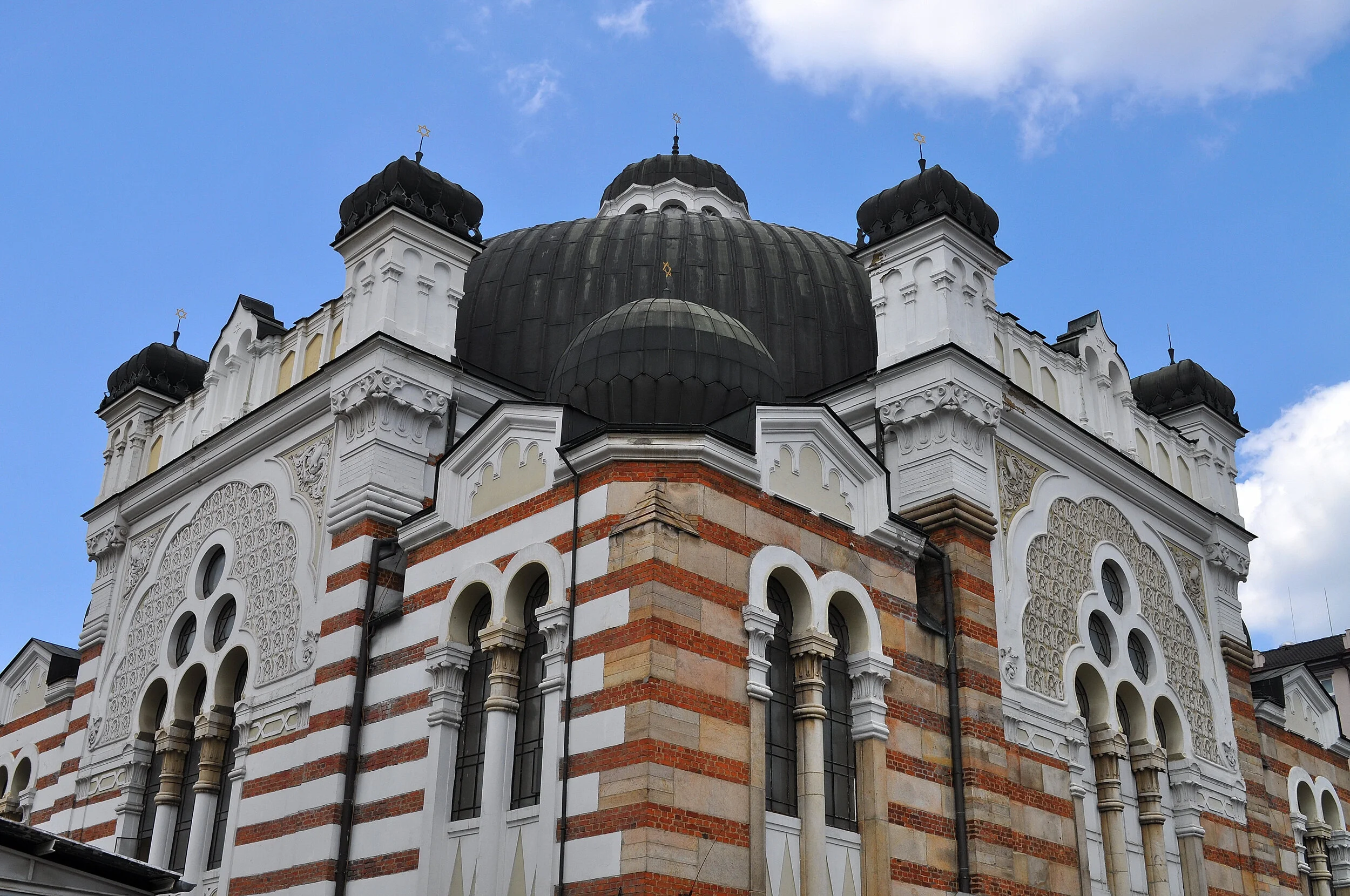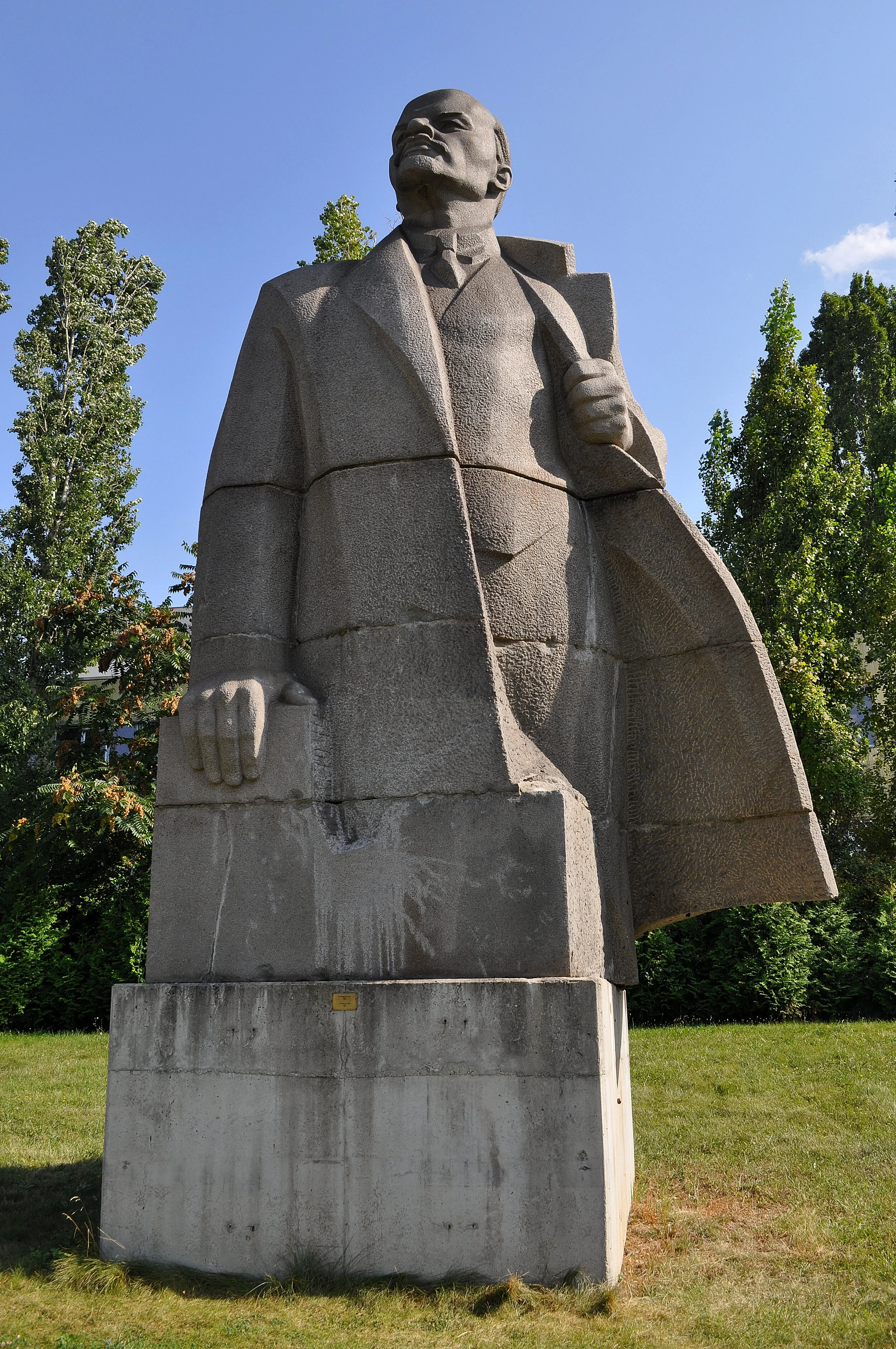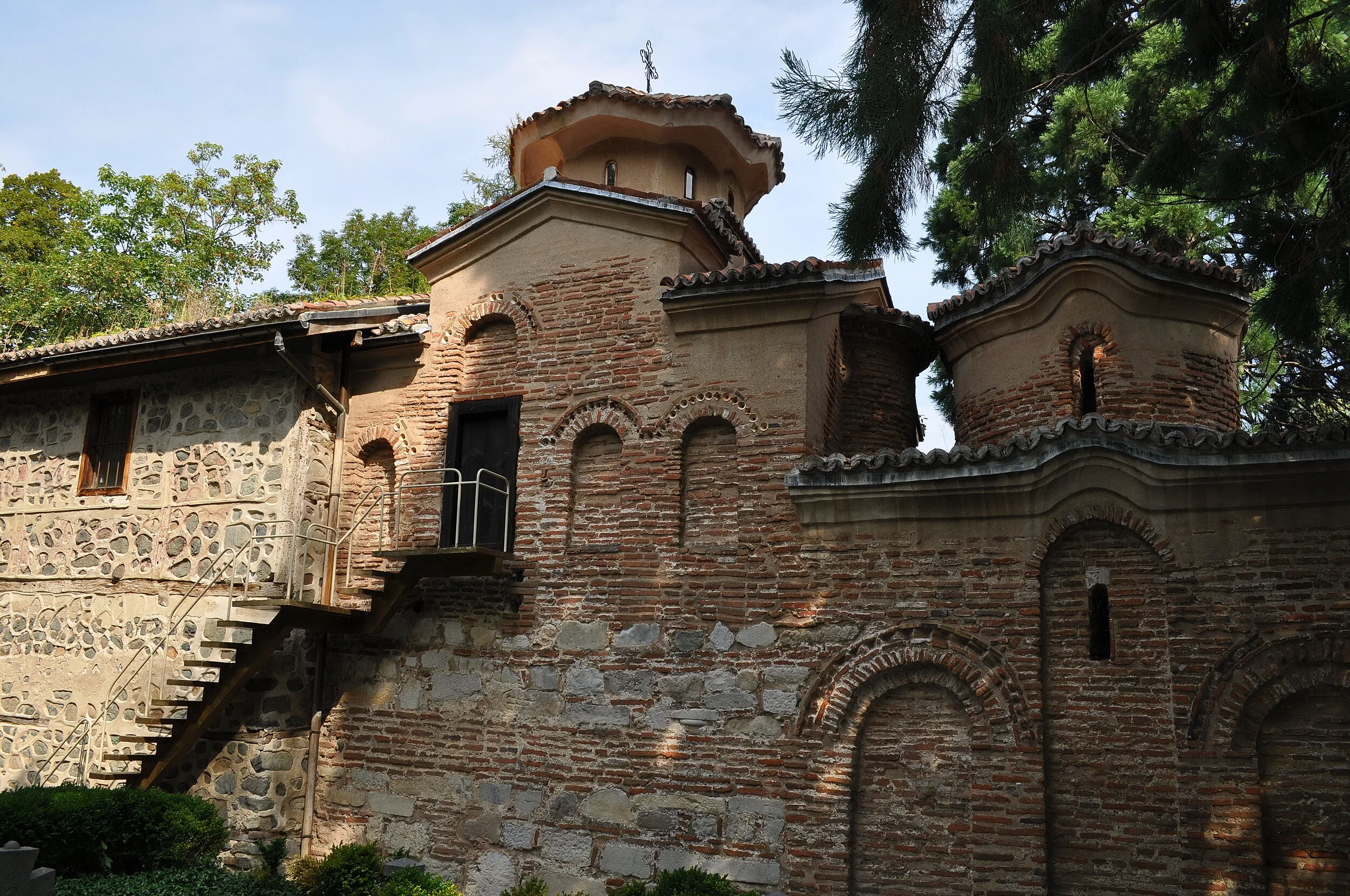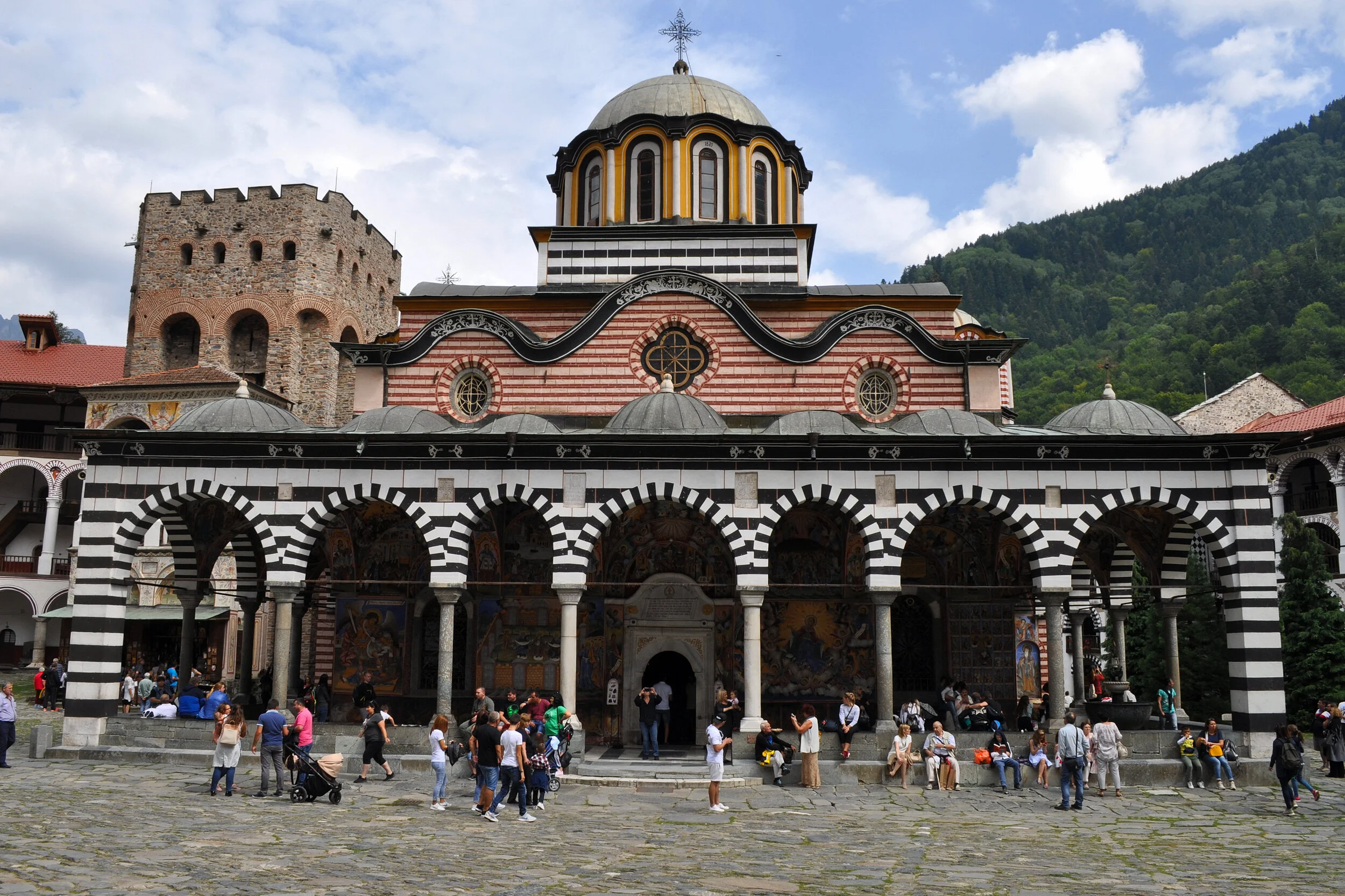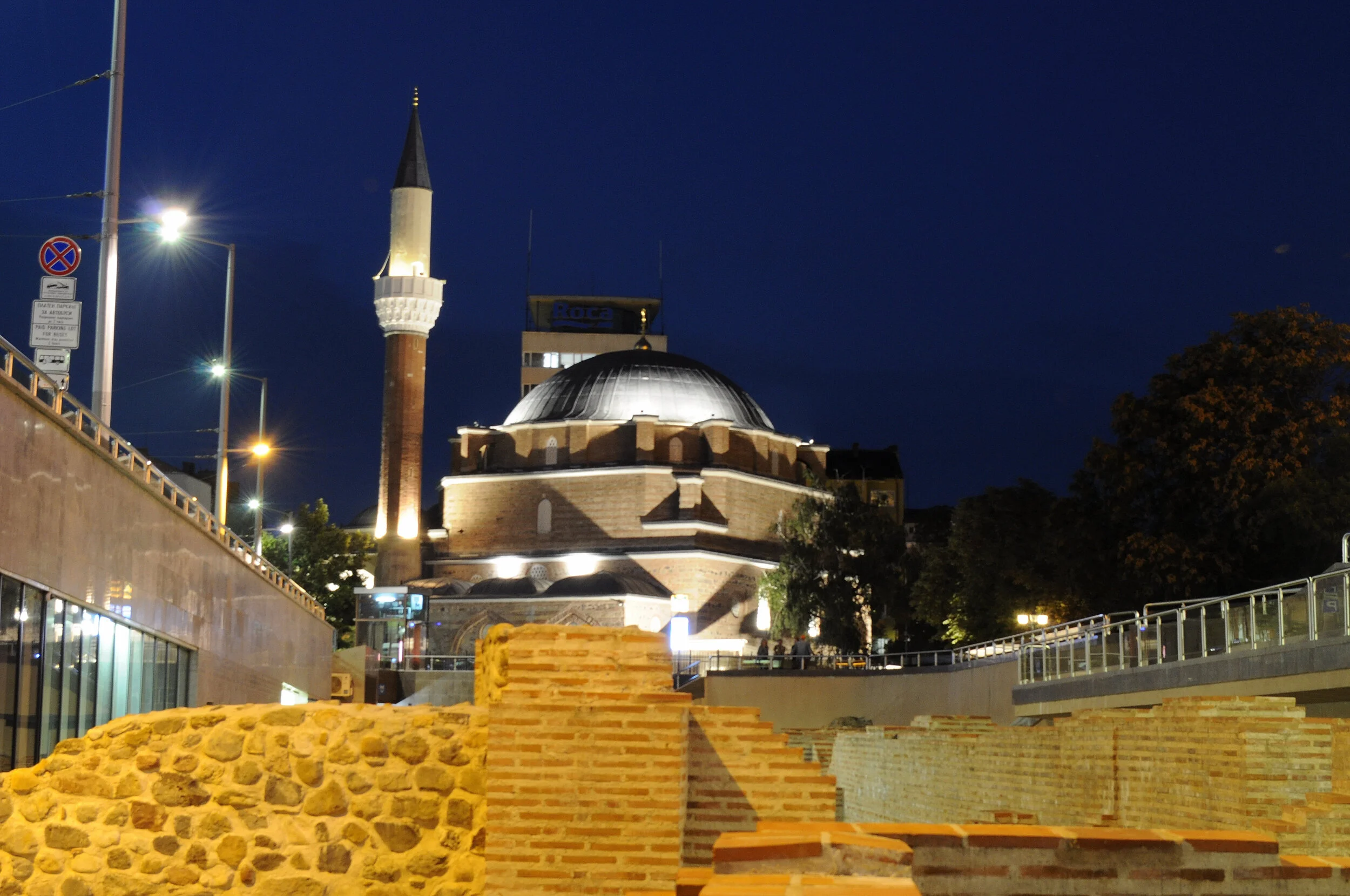Sofia, here we come!
Discover Sofia in a three-day journey through history, culture, and authentic charm. From the majestic Alexander Nevsky Cathedral to Roman ruins, vibrant markets, Orthodox churches, and local flavors—an affordable and surprising capital, perfect for an unforgettable weekend escape.
Angela: another long weekend with the family, another European capital—maybe not the most popular tourist destination...
Piero: exactly, Angela—we're heading to Sofia! Easy to plan at the last minute, not (unjustly!) crowded with tourists, and definitely budget-friendly.
Angela: this time, we planned just three days—enough to explore the city, enjoy it at a relaxed pace, and even fit in a short trip outside the center!
Piero: September is a perfect time to wrap up the summer holidays in style! I imagine it must be charming in winter too, though perhaps a bit too cold…
Angela: flights are easy to find and quite cheap, but not exactly ideal for such a short trip—we left in late morning and returned mid-morning.
Piero: it’s important to organize your itinerary well, or you might lose a lot of time because of the flight schedule!
Angela: so, where to stay?
Piero: hotels in the city center are a solid option, but so are the many apartments available—great location and excellent value for money.
Angela: we chose Vitosha Apartments—two very spacious and comfortable apartments just a few steps from Vitosha Boulevard. A great solution!
Piero: at first glance, the building and entrance didn’t look great… but once inside, we were pleasantly surprised!
Angela: especially if, like us, you don't pay much attention to directions and end up walking through less appealing neighborhoods to get there...
Piero: I remember that well, Angela! Walking through streets that looked like they were frozen in time—blocky, uniform buildings with little aesthetic care… only to find out later we could have arrived straight from the lovely Vitosha Boulevard!
Angela: Vitosha Boulevard is the main shopping street in Sofia, lined with elegant cafés, restaurants, and luxury boutiques.
Piero: and that’s where our tour begins! After settling in mid-afternoon, nothing beats a first exploratory walk along the boulevard—ending, of course, with a good local beer!
Angela: the boulevard starts at Nedelya Square, home to the splendid Orthodox church, and stretches to South Park, one of the city’s major green spaces. It's named after Mount Vitosha, Bulgaria’s iconic peak, which provides a beautiful backdrop.
Piero: along the way, you’ll pass the National Palace of Culture, the Palace of Justice, and the house where the renowned Bulgarian poet Peyo Yavorov once lived and died.
Angela: it’s a truly pleasant stroll—this pedestrian boulevard has a charming 1930s flair. It’s worth enjoying it slowly, before dinner.
Piero: speaking of dinner… where are we eating?
Angela: we picked one of Sofia’s most beautiful restaurants: Moma. Excellent food, mostly traditional meat-based dishes. Prices are a bit above average but still very affordable, especially considering the quality, the setting, and the central location.
Let’s enjoy this sneak peek of what we’re about to discover in the video!
Discovering Sofia
Walk with us through the streets of Sofia and uncover a city full of history and charm. In just three days, we explore majestic cathedrals, ancient ruins, colorful markets, and hidden gems. A captivating and budget-friendly destination, perfect for a weekend getaway full of surprises.
Piero: The next morning we set off after a good breakfast at one of the many bars near the boulevard.
Angela: Where are we heading today?
Piero: A full day ahead, with a complete tour of the city: lots to see, all close together. It’s a demanding walk but doable; just choose the right shoes!
Angela: We take the metro to Borisova Gradina Park, the oldest and most famous park in the Bulgarian capital, where the Levski Stadium is located. No chance to visit it, but it’s worth taking a stroll in the park.
Piero: Nearby is the beautiful Eagles' Bridge crossing the Perlovska River. It’s named after the four bronze eagles perched atop four obelisks.
Angela: The bridge commemorates Bulgarian citizens sent into exile, and some of the most significant historical political events took place here. It’s considered the gateway to the city.
Piero: From the bridge begins one of the city’s most important avenues, that of the Liberator Tsar, Alexander II. From here, we head back toward the city center.
Angela: On the left side of the avenue, opposite the University, is Knyazheska Garden, where our attention is drawn to a large obelisk: it’s the Red Army Monument, depicting a Soviet soldier “escorting” a woman and a man toward communism.
Piero: Now we turn right onto Vasil Levski Boulevard where we can admire, in order, the University buildings, the Saints Cyril and Methodius Library, and the National Gallery.
Angela: Now we get ready for a marvel! The symbol of Sofia, the most monumental church in Bulgaria and the second largest Orthodox church in the Balkans after the one in Belgrade: the Alexander Nevsky Cathedral.
Piero: Built in Byzantine style in the 19th century and dedicated to the Russian soldiers who died to liberate Bulgaria from Ottoman rule. Initially dedicated to Saints Cyril and Methodius, it was later named in honor of the Russian hero and warrior saint, Nevsky.
Angela: Majestic and imposing, with a series of domes covered externally with gold leaf, probably the back of the cathedral is the most admired and photographed part.
Piero: The magnificence of the exterior is not matched inside, which is dark and atmospheric like many Orthodox churches. Despite its size, it conveys a strong sense of spirituality. The altars, marble, stained glass, and all the decorative elements—often made of precious materials—are truly worth admiring.
Angela: But be careful: photos are not allowed without purchasing a special ticket!
Piero: In front of the cathedral, the large square hosts the lion statue, symbol of Bulgaria, the Church of Saint Sophia, the second oldest church in Sofia, and the Tomb of the Unknown Soldier.
Angela: Just a little further, in the square’s garden, don’t miss the flea market, where you can find Orthodox icons and relics from the communist period.
Piero: Nearby is the splendid Russian Church of St. Nicholas. Built in typical Russian style, it features onion-shaped domes decorated in green and gold, white façades, and the main entrance pediment adorned with majolica tiles.
Angela: Just a few more steps and we reach the political heart of Sofia. Walking along Dondukov Boulevard from the Russian Church, we arrive at the square that houses the buildings of the Parliament, the Presidential Palace—where you can witness the changing of the guard—and the National Bank of Bulgaria.
Piero: In the center of the square, a fountain with its beautiful water displays stands right in front of the National Archaeological Museum.
Angela: Surrounded by the Presidential Palace is the oldest monument in the Bulgarian capital: the Church of Saint George. It’s an early Christian church built of red bricks and decorated with frescoes inside. Here too, the most beautiful and iconic view is of the rear of the church.
Piero: We’re now in the very heart of Sofia. Not far from here, you’ll come across the Roman ruins of ancient Serdica—the Roman name of the Bulgarian capital. The construction of the metro recently uncovered these wonderful remains of the city’s former glory.
Angela: After walking through the ruins, you reach the Banya Bashi Mosque, and from there, Nedelya Square, where you’ll find another major symbol of Sofia: the statue of Saint Sofia.
Piero: It stands where the statue of Lenin once was, rising on a 15-meter bronze column. Just behind it is the Catholic Church of Saint Joseph.
Angela: Within just a few hundred meters, you’ll find a Catholic church, a mosque, an Orthodox church, and—as we’ll soon see—a synagogue. This is a clear symbol of the city’s religious tolerance.
Piero: After an intense morning, it’s time for a lunch break. Six kilometers of walking—definitely demanding, but in short stretches, since there’s so much to see!
Angela: What’s next for the afternoon?
Piero: To unwind a bit, we take a stroll through the Jewish Market—Tsentralni Hali—with its iron structure and clock tower, just across from Sofia’s Great Synagogue, which we’ll visit right after.
Angela: It’s the largest synagogue in Southeastern Europe. Imposing from the outside, it’s worth visiting inside to admire the grand central chandelier and the beautiful mosaic that decorates the floor.
Piero: At this point, we hop on the metro to reach the Museum of Communism.
Angela: We get off at Dimitrov station on the red line and walk a few hundred meters. The museum is easy to spot thanks to the statues and the red star at the entrance.
Piero: Sofia made a clear decision regarding its communist past: instead of destroying all its symbols, the city chose to collect and preserve them in this space.
Angela: The museum features an indoor section with paintings, sculptures, and posters from party congresses, while speeches by former heads of state play in the background, recreating the atmosphere of the era.
Piero: But the most fascinating part is the outdoor section, filled with monumental socialist sculptures. Among them, you’ll find the imposing statue of Lenin, which has recently been replaced by the statue of Saint Sofia.
Angela: At this point, we head back, again by metro, arriving at Serdica station, from where we reach the Church of Saint Nedelya (Saint Sunday), the oldest Orthodox church in Sofia and the most important until the construction of the Alexander Nevsky Cathedral.
Piero: Tired by now, we head home to rest and get ready for dinner.
Angela: Tonight we’re trying Manastirska Magernitsa, another traditional Bulgarian restaurant—maybe less elegant than Moma, but just as delicious.
Piero: Now off to bed, because it’s been a long day and tomorrow we’ve got two special surprises just outside Sofia: the Boyana Church and the Rila Monastery!
Angela: We walked nine kilometers today... tiring, but absolutely worth it!
The Rila Monastery
Escape to the stunning Rila Monastery, Bulgaria’s spiritual heart nestled in the mountains. Join us for a walk through its peaceful courtyards, colorful frescoes, and centuries of history. A UNESCO World Heritage Site that blends nature, faith, and art—perfect for a day trip full of beauty and meaning.
Piero: having seen almost everything in Sofia, for our second day we decided to take a trip outside the city to visit the Boyana Church and the Rila Monastery.
Angela: to do everything comfortably, we rented a car.
Piero: the Boyana Church is only about ten kilometers from the center of Sofia, so it’s a short drive and parking is easy.
Angela: be careful about one thing — there are often long queues at the entrance! Access is limited to small groups and only with a guided tour (included in the ticket price) that lasts no more than ten minutes, as the church is very small. There's a high risk of waiting a long time or even not getting in at all! Unfortunately, photos are not allowed.
Piero: fascinating from the outside, its real beauty lies inside, with frescoes dating back to the 13th century. Since 1979, this site has been a UNESCO World Heritage Site.
Angela: after a short walk through the countryside around the church, we get back in the car and head toward the Rila Monastery.
Piero: this time, the drive is longer (about 90 km from Sofia); the road is still comfortable and easy to follow, except for the final stretch with curves and climbs into the mountains.
Angela: Rila is the most famous and important monastery in all of Bulgaria; since 1983, it has been part of the UNESCO World Heritage.
Piero: the monastery is nestled in the forest of the Rila mountain range’s natural park, a true oasis of peace and spirituality.
Angela: the monastery was founded in the 10th century by Saint John of Rila (one of the most venerated saints in Bulgaria). In addition to being a tourist destination, it is also an important spiritual site for Bulgarians, who maintain and respect its silence and sacred atmosphere.
Piero: from the outside, it looks like a fortress, with its solid, high walls protecting it. Just inside, a large courtyard opens up, surrounded by four levels of arcaded balconies. At the center of the courtyard stand the beautiful church and the tower with the bell. The porticoes are stunning, with their frescoed ceilings and vibrant color contrasts.
Angela: despite the presence of many visitors, the respect for silence ensures a moment of joy for the eyes and peace for the soul. Discover it all in this video!
Piero: back to the city now, and it’s time to organize dinner: to please the kids tonight, we’re going Italian! We choose Felicità: both the pasta and pizza are good — perfect to make the kids “happy”!
Angela: before saying goodbye to the city for good, it’s worth taking one last peaceful evening stroll — it’s absolutely worth it! The illuminated city center is fabulous.
Piero: and so, this journey comes to an end. A beautiful and unusual destination! Sometimes it's really true — you need to leave the usual tourist routes behind...
Angela: absolutely! A last-minute choice, easy to organize and budget-friendly — and it ended up exceeding all our expectations!

